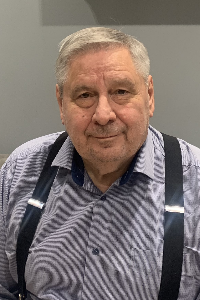The objective of the laboratory is to search and identify the functional characteristics of new quantum materials (superconductors, magnetics and systems with charge density waves).
Laboratory activities
The laboratory was established in 2021 as a result of the victory of NUST MISIS in the competition of mega-grants of the Ministry of Education and Science of the Russian Federation. The purpose of the laboratory is to identify and study materials whose useful properties are due to quantum cooperative effects. Such effects include superconductivity, magnetism, charge density waves, Bose—Einstein condensation, etc. The most interesting in fundamental research are situations when various quantum cooperative effects manifest themselves in the same material, competing with each other. For the development of technologies based on quantum materials, it is important to adjust their parameters due to chemical substitutions within the selected structural type and under the influence of external factors such as temperature, pressure, electric and magnetic fields.
The main areas of scientific activity include:
- Superconducting systems based on iron Fe(Te,S), Fe(Se,S), LnFeAsO1-yFx (Ln=La,Ce,Nd), LnFe(As1-xPnx)O (Pn=P,Sb), Ba(Fe,Ni)2As2.
- Transition metal dichalcogenides and rare earth metal chalcogenides for studying the competition between the charge density wave and superconductivity 1T-TiSe2, 2H-NbSe2, TaS2, 1T-TaSe2, Ta4Pd3Te16, CuxTiSe2 and RETe3, RE2Te5.
- Complex metal oxides with a low—dimensional spin subsystem with spin-liquid behavior, spin frustration (C5H6N)Cu(NO3)3(H2O)2, Cu2(BO)(OH)5, CdCu2(SeO3)2Cl2, Ni(BiO)2(PO4)OH, (NO)M(NO3)3 (M = Co, Ni), Mn(NO3)2.
